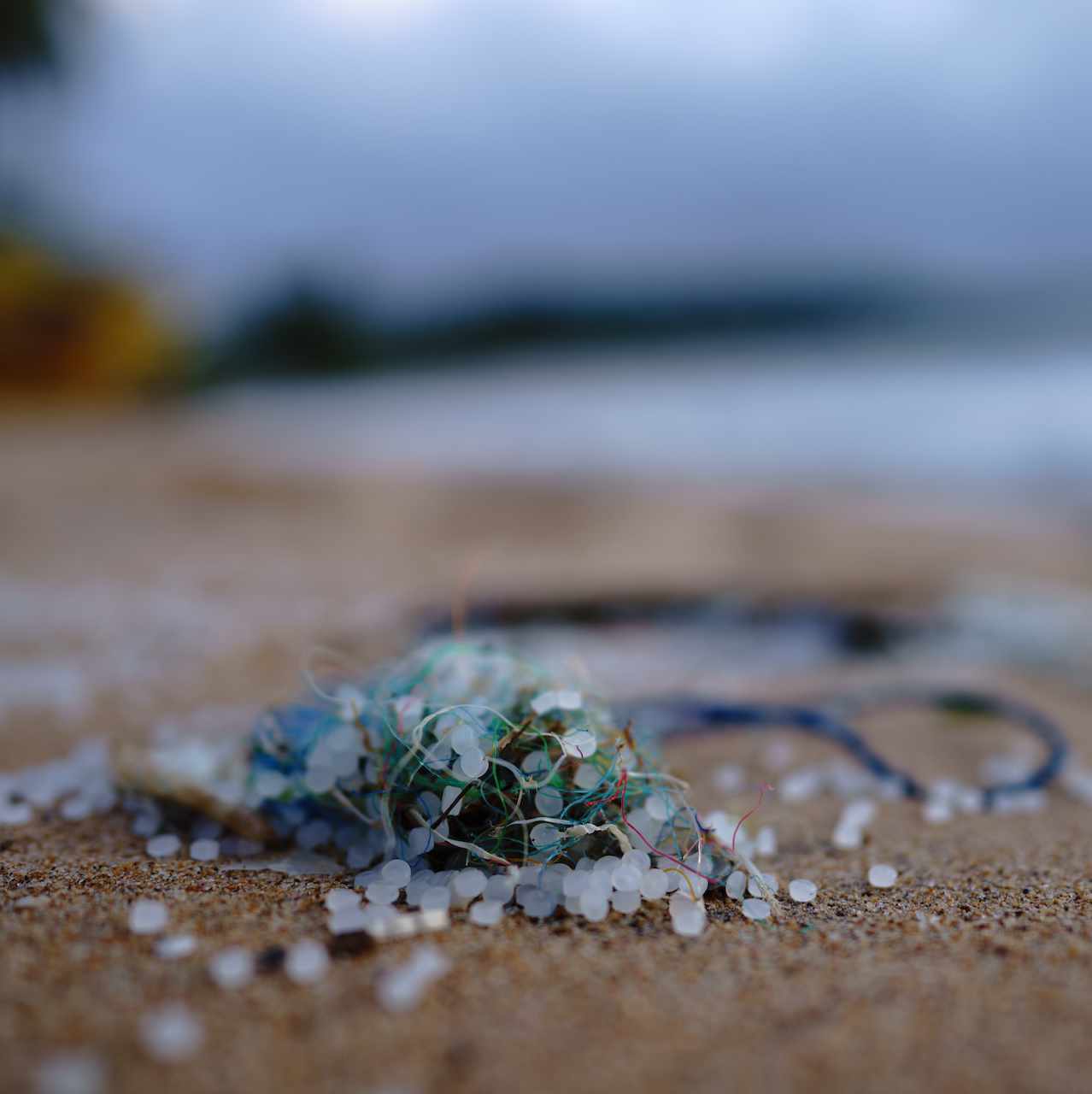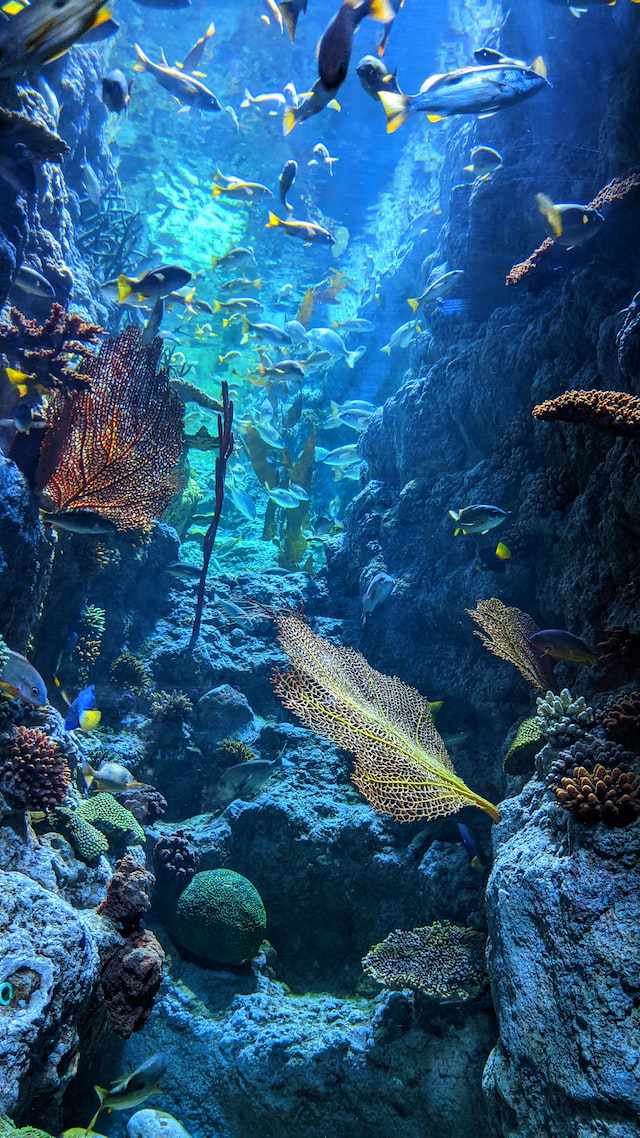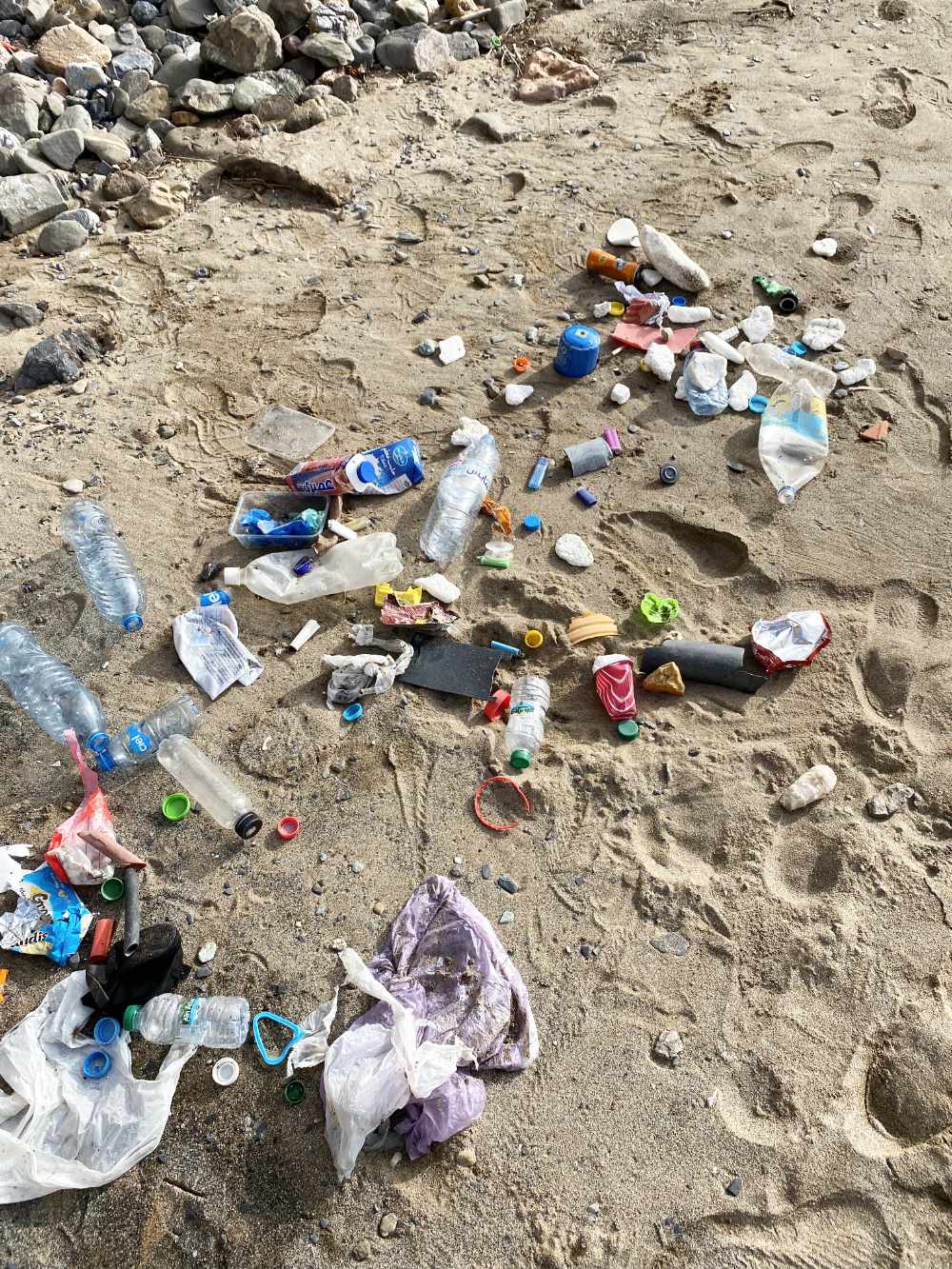Plastic Waste Calculator
CleanUpRif
We are a group local residents from Northern Morocco that decided to do something about the increasing plastic pollution that has overwhelmed our beautiful beaches, mountains and oceans.
We realize that cleanups are very important for our health, our oceans and our environment, however it's not a long term solution but more of a temporary bandaid. Educating local schools and the general public on the consequences of plastic pollution are of key importance in our fight against plastic pollution. Thus, we act now but have the responsibility to create the awareness for our future generation.
Single-Use Plastics
Single-use plastics (SUP) are commonly referred to as disposable plastics. These types of plastics are designed to be used once and then discarded. SUP's are commonly used in packaging food and beverages, household items, clothing.
The production and consumption of SUP's have increased dramatically over the past few decades. In fact, they now make up about 8% of all municipal solid waste. This means that approximately 1 tonne of SUP's ends up in landfills each year. Landfill sites are becoming increasingly full, making it harder for them to accept trash. Also, many landfill sites are located near water bodies, posing a threat to marine ecosystems.
There are several ways we can reduce our use of single-use plastic. We can start by reducing the purchase of single-use plastics and use reusable containers or bottles instead. Try repurposing old bottles and jars into different uses and use your own bags instead of plastic bags.


Microplastics
Microplastics are tiny plastic particles less than 5mm in size. These small pieces of plastic have been shown to contaminate food products and water supplies around the world. Microplastic pollution is now considered to be one of the greatest environmental threats facing our planet.
The majority of microplastics enter our bodies via consumption of contaminated seafood. Once ingested, these plastics pass through the digestive system and end up in the bloodstream where they circulate throughout the body.
Once inside the human body, microplastics travel to different parts of the body including the brain, liver, lungs, kidneys, heart, spleen, muscles, bones, blood cells and reproductive organs. These particles have been shown to cause harm to marine animals and humans alike. In fact, they have even been linked to causing cancer.
We cannot prevent microplastics from entering our bodies. However, we can take steps to reduce the amount of microplastics that make their way into our environment. We should avoid consuming seafood that contains high amounts of microplastics. We should also try to limit the use of single-use plastics.
Ground Water
A lot of the plastic that we discard end up in landfills, where it will sit up to a 1000 years as it decomposes. This microplastic is leaking toxic substances into the soil and ground water.
Researchers in Germany are warning that the impact of microplastics in soils, sediments and freshwater could have a long-term negative effect on such ecosystems.
A study published in Environmental Science & Technology found that people who drank tap water contaminated with microplastics experienced changes in their gut bacteria. Changes in gut bacteria can lead to gastrointestinal issues, including diarrhea, constipation, bloating, nausea, vomiting, and abdominal pain.


Coral Reefs
Coral reefs are some of the most beautiful places on Earth. These ecosystems are of vital importance for at least 25% of all marine species. In addition to that, they also give food security, tourism income and coastal protection. However, climate change is causing coral reef destruction at an alarming rate, the two most critical causes are due to rising seawater temperature and ocean acidification. In fact, corals have been dying off since the 1980’s.
An additional challenge to this are microplastics and nanoplastics, which are accumulating in these coral reefs. Microplastics are particles less than 5mm in size, in addition to nanoplastics which are even smaller than 0.1mm. These chemical particles can get ingested by corals and be mistaken as food ''zooplankton'' which gives them no nutrition and causing them to deteriorate. In addition to that, it blocks or can cause internal damage to corals as well, which in turn impacts the ecosystem of coral reefs even further.
Microplastics can harm corals in three major ways: (1) Abrasion, which may wound the coral and, if wounds become infected by fungi or bacteria, lead to coral disease or even death; (2) Ingestion, which may lead to a false perception of “fullness” and thus to a reduction of food intake jeopardizing coral growth and survival; and (3) transfer of pollutants (toxic chemicals) and pathogens from the plastic particles to the coral cells.










